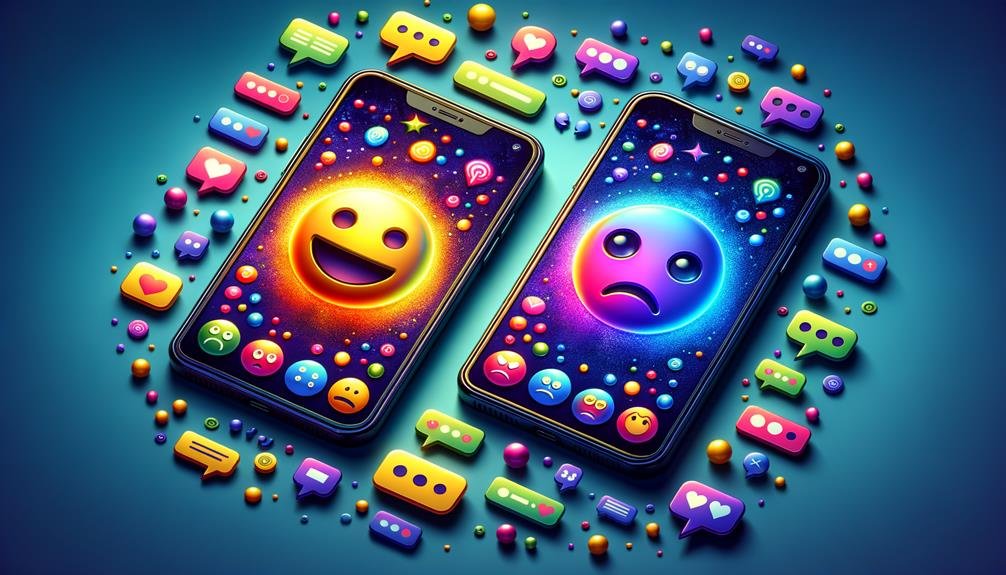In the era of digital communication, mastering the art of messaging is more than just a skill—it's an essential component of effective leadership and engagement. Embracing the principles of clarity, brevity, and the nuances of digital body language can profoundly impact how your messages are perceived and understood in the vast digital landscape. This exploration is not just about refining communication tactics; it's about fostering genuine connections and building trust within your digital interactions.
Embracing Digital Body Language
Digital body language, a concept pioneered by thought leaders like Erica Dhawan, plays a pivotal role in our online interactions. It encompasses everything from the emojis we select to the punctuation we use, and even the timing of our responses. These elements serve as the non-verbal cues of the digital world, offering insights into our emotions and intentions. Understanding and leveraging digital body language enhances our ability to convey messages with the intended tone and clarity, bridging the gap left by the absence of physical presence.
The Power of Brevity and Clarity
In a world where attention is a scarce commodity, the ability to convey your message succinctly is invaluable. Brevity, paired with clarity, ensures that your message cuts through the noise, reaching your audience with the impact you intended. It's not about reducing the richness of your message but about distilling it to its essence, making every word count. This approach not only respects your recipient's time but also increases the likelihood of your message being understood and acted upon.
The Strategic Use of Emojis and Punctuation
Emojis and punctuation are the tools through which we can add nuance and emotion to our digital communications. A well-placed emoji can convey warmth, empathy, or humor, effectively softening a message or adding layers of meaning. Similarly, punctuation can significantly alter the tone of a message, providing clarity or indicating urgency. These tools, when used judiciously, can enrich our digital interactions, making them more human and relatable.
Navigating the Nuances of Messaging Platforms
The proliferation of messaging platforms has transformed how we communicate, offering myriad ways to connect with our audience. Whether it's through email, social media, or instant messaging, each platform has its etiquette and expectations. Understanding these nuances allows us to tailor our communication style to fit the medium, ensuring our messages are not only received but also resonate with the intended audience.
Active Listening and Engagement
Beyond crafting messages, active listening is crucial in digital communication. It involves engaging with the content shared by others, showing empathy, and responding thoughtfully. This not only enriches the conversation but also builds trust and rapport with your audience, signaling that you value their input and perspectives.
Fostering Trust and Authenticity
Mastering messaging in the digital realm is more than a technical skill—it's about fostering authenticity and trust in every interaction. By embracing brevity, clarity, and the nuances of digital body language, we can create meaningful connections, even in the absence of physical presence. The art of digital communication lies in our ability to convey our authentic selves, building relationships that are rooted in trust and mutual understanding.
Call to Action for Leaders
As you navigate the complexities of digital communication, consider how you can apply these principles to enhance your messaging. Perhaps start by reflecting on your digital body language or experimenting with the strategic use of emojis and punctuation to add depth to your messages. The goal is to not only communicate effectively but also to connect authentically with your audience.
If you're looking to deepen your understanding of effective leadership and communication in the digital age, consider partnering with a coach who can guide you through this journey. Coaching can provide you with personalized insights and strategies to enhance your leadership skills, foster stronger connections, and lead with authenticity in the digital realm. If you're interested in exploring how coaching can support your growth as a leader, I invite you to reach out and learn more about how we can work together to achieve your goals.









